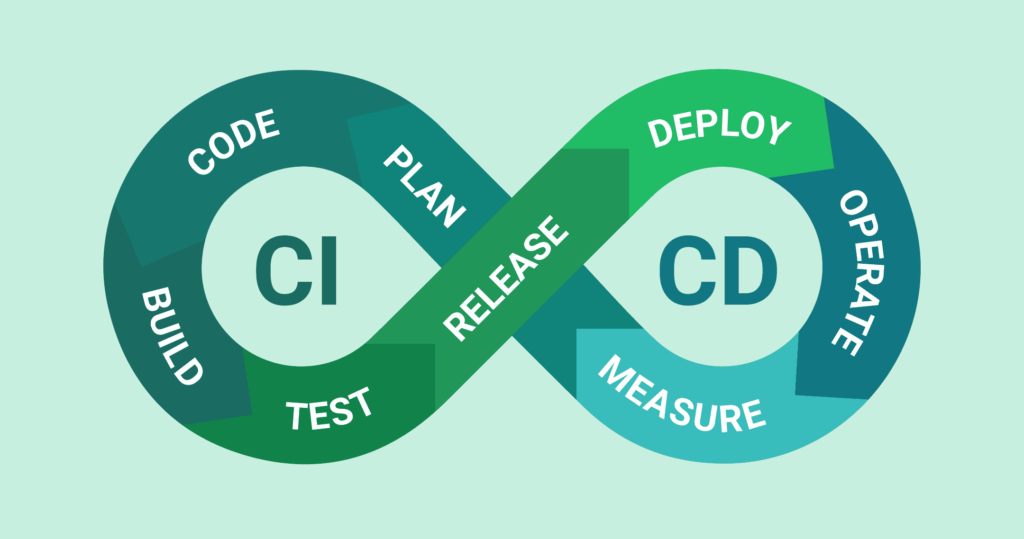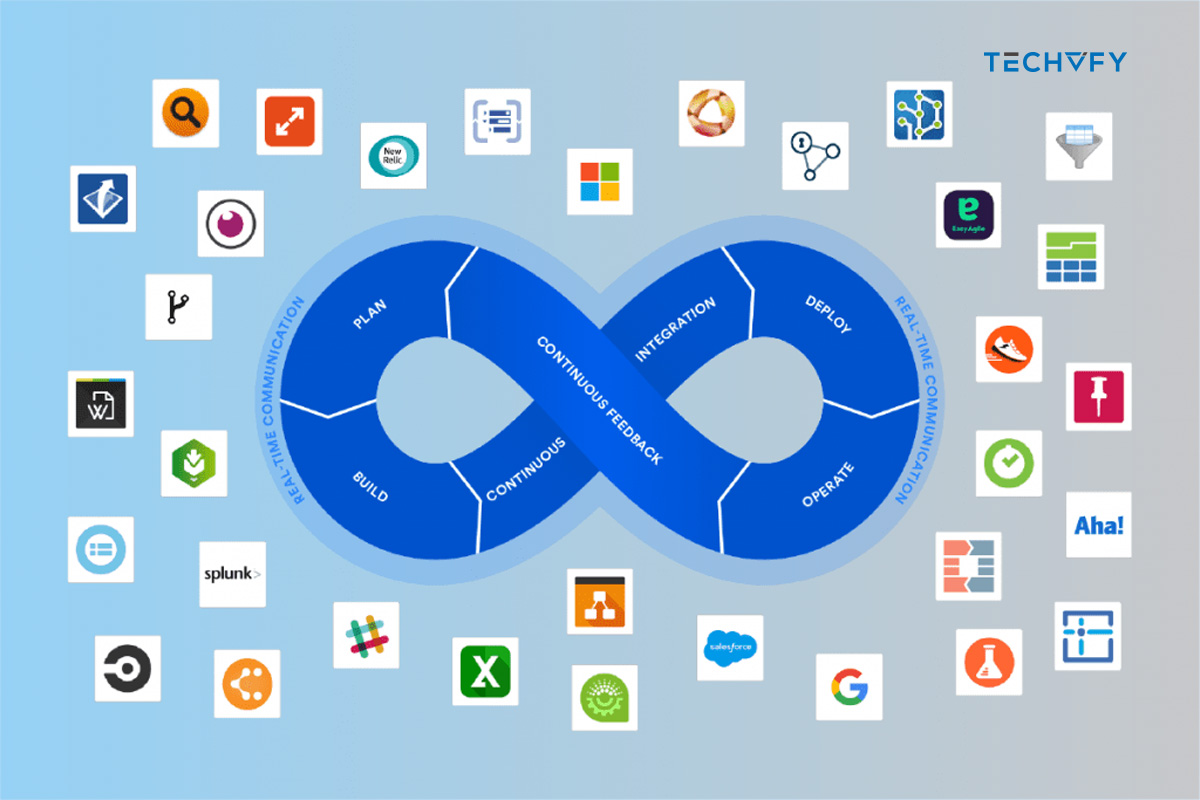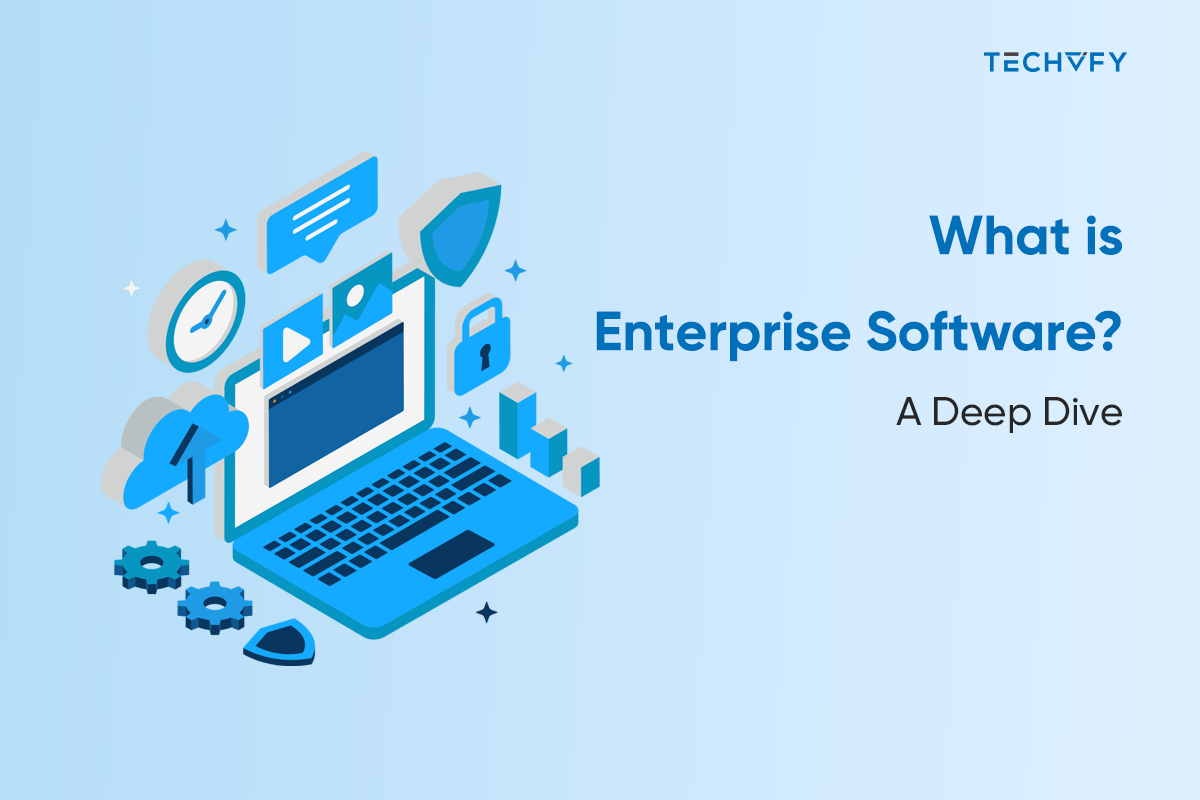Continuous Integration Testing Tools Roles in Software Development
- David Ho
- 0 Comments
Continuous Integration (CI) is crucial in contemporary software development, allowing developers to merge their code updates into a common repository consistently. By automating the build and test procedures, CI guarantees that each update is rigorously tested, thereby avoiding integration problems and enhancing the overall quality of the software.
In this article, we will take a deeper look into the definition and importance of Continuous Integration Testing Tools, as well as their types and best practices, so you will have a better idea of how to use them.
I. What Is Continuous Integration Testing?
Continuous Integration Testing (CI Testing) is defined as the process of merging modifications from individual team members into a unified software project repository and conducting automated tests on these changes. This method aims to promptly detect and rectify integration errors, providing a prompt feedback mechanism for developers and enhancing the overall quality of the software.
Originating as a solution to the challenge known as ‘integration hell,’ Continuous Integration Testing counters the difficulties that arise when team members work in isolation for extended periods before merging their changes into a shared repository. The longer the period of isolated work, the more challenging the integration process becomes. Continuous Integration Testing effectively mitigates these integration complexities by advocating for frequent and regular integrations, followed by automated builds and tests.
II. Importance of Continuous Integration Testing
CI testing is crucial in contemporary software development approaches. It forms a core component of the DevOps ethos, which advocates for a smooth collaboration between development and operations teams. CI testing introduces a standardized, automated, and dependable method for integrating changes, greatly diminishing the likelihood of errors entering the production environment.

A key benefit of CI testing is enhancing the feedback loop between developers and testers. Unlike traditional development practices where testers are engaged later, potentially causing delays and bottlenecks, CI testing involves testers right from the beginning. This approach ensures swift identification and resolution of issues.
Moreover, CI testing cultivates a sense of shared accountability within the team. As all members contribute to a unified code repository and integration failures are apparent to everyone, there’s a collective commitment to uphold the system’s integrity. This environment encourages teamwork and the adoption of best practices, ultimately creating superior-quality software.
III. Types of Continuous Integration Testing Tools
From the start of the CI process, initiated by a code check-in, to the final artifact publication, numerous Continuous Integration Testing Tools are used during the automated build.
1. Code Quality Testing
The initiation of the official CI process might include a quality gate for code check-in or merging, or it might occur post-merger. In this context, code quality tests can be integrated into the极CI workflow. Tools like Sonar极Qube and Checkmarx, which emphasize static code analysis, are crucial during code modifications. These tools analyze code that isn’t actively running and doesn’t consider the full scope of infrastructure and environmental variables essential for operational software.
However, they can deduce code quality through analysis. Code quality tests look for unused code segments, syntax quality and standards adherence, and potential security vulnerabilities. It’s important to note that code quality testing doesn’t assess the actual functionality of the code, which is the realm of unit testing.
2. Unit Testing
Unit tests are Fundamental to introducing new features or updating existing ones. These tests primarily focus on the specific blocks or methods of code that have changed. In the case of a brand-new project built from scratch, unit tests would encompass the application’s core functionalities. Typically, unit tests involve process testing, where mock objects are utilized, and assertions are checked. Examples of tools used for unit testing include JUnit in the Java ecosystem and Mocha in the NPM environment.
- Unit tests are detailed and are part of a test suite.
- They validate scenarios, like a calculator’s division, handling edge cases.
- Unit tests are limited to external interactions, requiring integration testing for complex scenarios.

3. Integration Testing
In the development of complex applications, individual functionalities often interact. Consider a calculator app that includes operations beyond simple division and where division involves complexities like decimals and precision. The scope of integration testing varies based on the defined testing boundaries. Continuous Integration primarily focuses on testing interactions between different modules of the application.
Taking the calculator as an example, an integration test might involve performing division and multiplication simultaneously, adhering to the order of operations. It’s worth noting that there’s considerable overlap between tools for unit and Integration testing nowadays. For instance, JUnit can handle both and execute interconnected method calls. Integration testing extends the assurance spectrum, ensuring that new features and code changes function cohesively.
4. Security/License Testing
This process is critical to modern software development, particularly when utilizing third-party open-source components. It involves systematically identifying and assessing potential risks and vulnerabilities associated with using specific software packages. In contemporary software engineering, where teams often only develop some components of the final product, understanding and managing transitive dependencies (dependencies that rely on other dependencies) is a complex task.
Security/license testing tools like Blackduck, Snyk, and StackHawk are designed to address this challenge. These tools vary in approach; some analyze the final product, like a Docker image, while others integrate at the code level, scrutinizing build files to detect potential security and licensing issues.
More testing tools for your development process:
IV. Key Features of Continuous Integration Testing Tools
| Feature | Description |
|---|---|
| Automated Testing | Essential for early issue detection and maintaining code quality. It ensures new code is tested upon integration, speeding up development and reducing manual work. |
| Docker-based Architecture | Important for modern CI tools, enabling efficient containerization of applications for streamlined and scalable deployments. |
| Pipeline Creation with Standardized Definitions | Allows consistent and reliable deployment processes, simplifying management and replication across different environments. |
| Graphical Pipeline View | Provides a visual representation of the CI pipeline, enhancing understanding and management and facilitating quick issue resolution. |
| Parallel Steps | Enables running multiple steps simultaneously, cutting down testing and integration time and speeding up the development cycle. |
| Configuration Options Through Both Code and UI | Offers flexibility in configuration via code and a user interface, accommodating various skill levels and development needs. |
V. Best Practices for CI Testing
Let’s check out some continuous integration best practices:
1. Managing a Code Repository
The initial step in the continuous integration tests involves managing a code repository. This central repository is essential for all developers to submit their changes and access the latest versions of software applications. It’s vital to maintain a clean and orderly code repository; this ensures ease of access and comprehension for developers, thereby minimizing the likelihood of errors.
Regularly committing code to the repository is important. Doing so frequently helps minimize code conflicts. This habit also enhances the ability to track modifications more efficiently, aiding in identifying the source of any issues more quickly.
The cornerstone of an effective code repository lies in its organization. Labeling and sorting your code is important, making it straightforward for every team member to find and understand it.
2. Ensure Each Build is Self-Testing
Every build you create should be capable of conducting its own set of tests, independent of manual intervention or external systems. This approach is crucial for promptly detecting issues after the build, accelerating the development cycle.
- Self-Sufficient Testing: Builds independently run their tests.
- Quick Issue Identification: Immediate detection of problems post-build.
- Decreases Hands-on Work: Removes the necessity for hand-operated testing, reducing mistakes made by humans.
- Instant Feedback: Developers receive immediate notifications on test failures.
3. Address Broken Builds Promptly
Prioritizing the repair of a broken build is crucial. This approach ensures immediate resolution of issues, preventing them from accumulating as technical debt, which could hinder the project’s progress and escalate costs.
Promptly addressing a broken build also upholds the code quality in the repository. When a build fails due to code issues, identifying and resolving these issues quickly prevents them from impacting other project areas. Moreover, this practice safeguards the build’s integrity. Neglecting a broken build can lead to more intricate issues later, resulting in expensive and time-consuming fixes.

4. Accelerate Test Execution
Quick Continuous Integration test execution enables faster feedback, allowing for prompt issue resolution and maintaining an efficient workflow. Lengthy tests can hinder the development process and lead to bottlenecks.
To enhance test speed, employ parallel testing, which runs several tests simultaneously. Additionally, aim to write concise and effective tests targeting a single aspect of your application and remove unnecessary or repetitive tests.
Conclusion
Continuous Integration Testing is a cornerstone in modern software development, crucial for enhancing software quality and efficiency. It facilitates early issue detection and promotes a collaborative development environment, revolutionizing traditional development workflows.
For organizations aiming to leverage the full benefits of Continuous Integration Testing Tools, TECHVIFY provides expert services. Our proficiency in advanced CI testing tools and methodologies ensures your projects are successful and at the forefront of technological advancement. Reach out to TECHVIFY to transform your software development process with top-tier Continuous Integration Testing solutions.
TECHVIFY – Global AI & Software Solution Company
From Startups to Industry Leaders: TECHVIFY prioritizes results, not just deliverables. Accelerate your time to market and see ROI early with high-performing teams, AI (including GenAI) Software Solutions, and ODC (Offshore Development Center) services.
- Email: [email protected]
- Phone: (+84)24.77762.666





